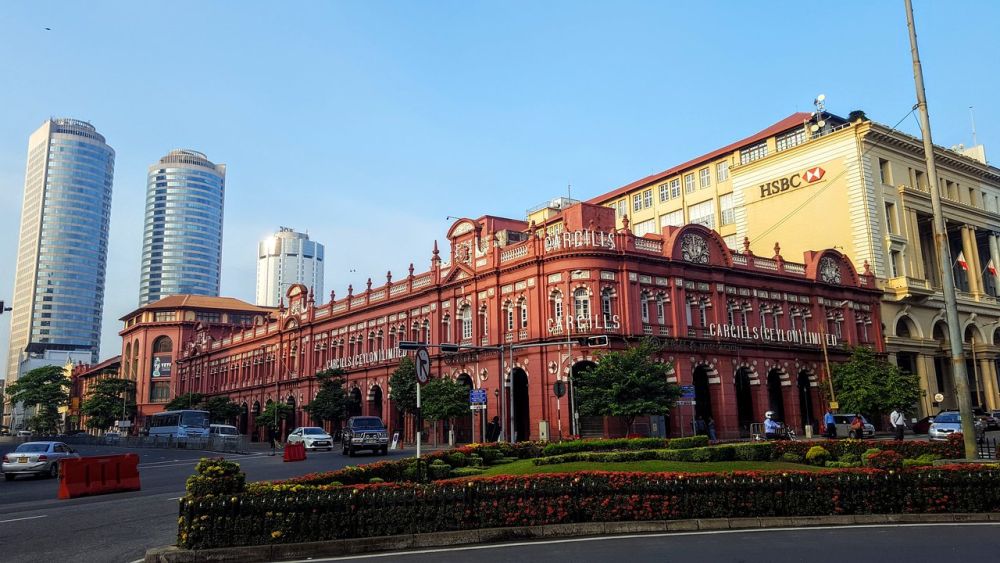

Colombo Fort has been a vital hub for commerce and trade dating back centuries and has played a significant role in the development of tourism in Colombo, Sri Lanka. The history of the area, which has been influenced by Portuguese, Dutch, and British colonial powers, offers a rich tapestry of culture and history that has attracted tourists from all over the world.
Originally a trading post under the control of the Portuguese in the 16th century, Colombo Fort was subsequently taken over by the Dutch and then the British. Each of these colonial powers left their mark on the area, constructing iconic buildings and fortifications that have become prime tourist attractions. The grandeur of buildings such as the Old Dutch Hospital and the iconic Clock Tower are remnants of colonial architecture that draw history enthusiasts to the area.
With Sri Lanka's independence in 1948, Colombo Fort began to flourish as a cultural hub. The area's rich history, coupled with its strategic location by the Indian Ocean, helped it grow into a popular destination for international tourists seeking exotic cultures, cuisine, and history. The rise of luxury hotels and resorts around the Fort area further cemented its status as a premier tourist destination in Sri Lanka.
In recent years, Colombo Fort has continued to evolve as a tourist destination. The government's efforts in renovating and preserving pivotal historical sites, such as the Dutch Hospital Shopping Precinct and the Colombo Lighthouse, have played a crucial role in maintaining the area's appeal. The Fort area is now undergoing a major transformation, blending the old with the new, with modern skyscrapers standing alongside colonial buildings.
The latest tourism trends in Colombo Fort focus on experiential travel and sustainable tourism. Tourists now seek authentic experiences, such as walking tours that delve into the history of the Fort and its rich cultural tapestry. Moreover, ecotourism initiatives are becoming increasingly popular, encouraging responsible travel practices that conserve the historic environment.
Among the key attractions in the area are:
In conclusion, Colombo Fort's history as a destination has been shaped by its colonial past, natural beauty, and the warmth of the Sri Lankan people. Its growth into a modern, vibrant tourist hotspot is a testament to its enduring appeal and its ability to offer a memorable, multifaceted experience to visitors from across the globe.